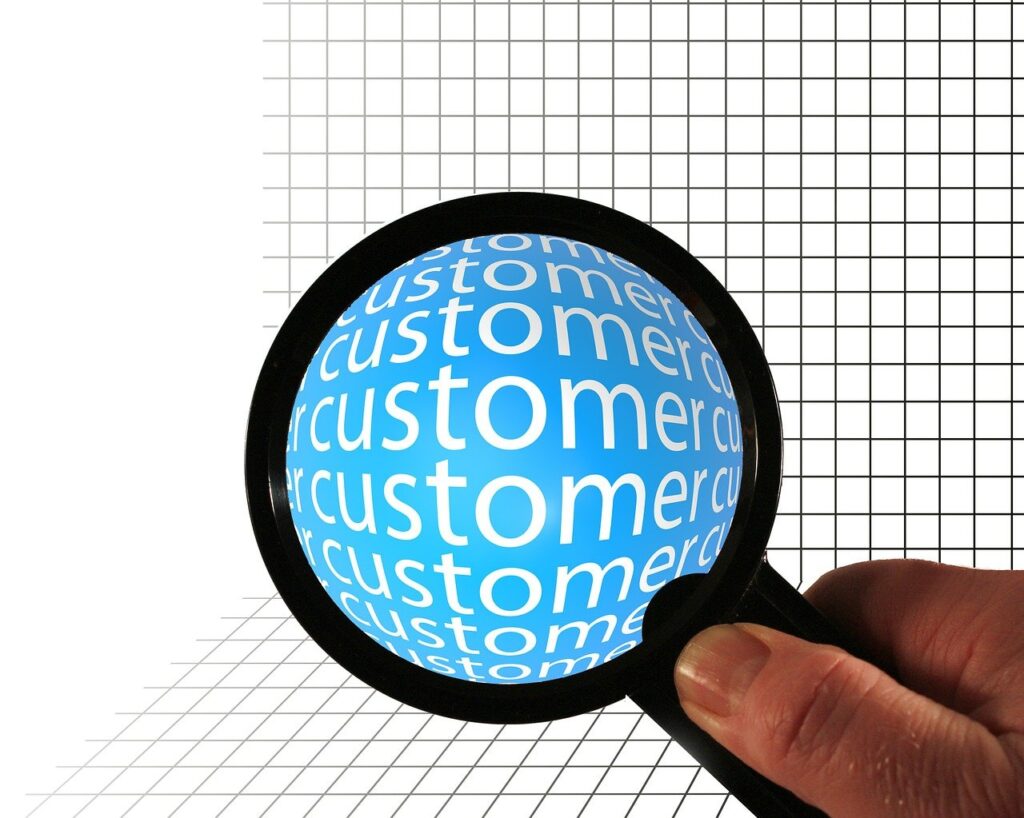The Complete Follow-Up Blueprint for Converting Leads into Customers
Generating leads is only the beginning of what is to become a full sales cyce. What you do next determines whether those leads turn into paying customers — or disappear into the void. Unfortunately, too many businesses stop short after capturing leads, leaving potential revenue on the table.

But Why Does It Matter?
You’ve put in the hard work to generate leads – and that absolutely deserves recognition. But here’s the reality: lead generation is only half the battle. Think of it like fishing – you wouldn’t cast your net, catch some fish, then just leave them on the dock, would you?
The truth is, un-nurtured leads are like uncooked ingredients – they have potential, but without proper preparation, they’ll never become a satisfying meal. While celebrating your lead generation success is important, stopping there means leaving money on the table and missing out on your full growth potential.
Without a proper post lead generation plan, you are going to end up with:
• Hot leads going cold without follow-up
• Competitors stealing your potential leads
• High customer acquisition cost since you’ve already invested in acquisition
The most successful businesses understand that lead generation is just the starting line – the real race begins with conversion and nurturing. Your leads represent opportunities, but only proper follow-through transforms them into revenue.
So, let’s get down to it, why it really matters to have a post lead acquisition plan.

Increased Sales
A structured follow-up process ensures that no potential customer slips through the cracks. By systematically nurturing every lead, businesses dramatically increase their chances of converting interested prospects into paying customers. This approach turns casual inquiries into reliable revenue streams.
Continuous Follow-Up
The key to successful lead conversion lies in consistent, meaningful engagement. Through a mix of automation and personalized outreach, companies can maintain timely communication with each lead. This balanced approach ensures prospects receive relevant information exactly when they need it, keeping your brand top-of-mind throughout their decision-making process.
No Lost or Forgotten Leads
Without a proper system, valuable leads often disappear into the void. A disciplined lead management approach eliminates this problem by tracking every interaction and ensuring appropriate follow-ups. This methodical process guarantees that each potential customer receives the attention they deserve.
Higher Conversion Rates
Effective lead nurturing transforms the sales funnel. By providing targeted information and building relationships over time, businesses can significantly boost their conversion percentages. This strategy moves prospects smoothly from initial interest to final purchase decision.
Reduced Customer Acquisition Costs
Smart businesses know that retaining existing customers costs far less than chasing new ones. A robust follow-up system not only converts leads but also creates opportunities for repeat business and referrals. This dual benefit dramatically improves marketing ROI while building lasting customer relationships.
This guide walks you through the five essential steps that turn leads into loyal customers — and even into advocates who help grow your business for you.

Step 1: Qualify Your Leads — Fast
Not every lead is ready to buy, and not every prospect is worth your time. That’s why lead qualification comes first. It helps you identify which leads are truly worth pursuing.
Use the BANT framework to qualify quickly and effectively:
- Budget: Can they afford your solution?
- Authority: Are they the decision-maker or an influencer?
- Need: Do they have a real problem your product solves?
- Timeline: Are they looking to buy now, soon, or “someday”?
💡 Example: A SaaS company may ignore free trial users who never log in, focusing instead on engaged users who actively explore features — a sign they’re closer to buying.
Step 2: Nurture Relationships Before You Sell
People rarely buy from the first touch. Lead nurturing is about staying top-of-mind and building trust through valuable, relevant communication.
Top strategies:
- Email Sequences: Share educational content, case studies, and tips.
- Retargeting Ads: Remind visitors of your product after they leave your site.
- Personalized Outreach: Reach out via phone, email, or LinkedIn with tailored messages.
🔁 Pro Tip: Blend automation (drip campaigns) with human interaction (personal follow-ups) for best results.
Step 3: Convert Interest into Action
Once a lead starts showing buying signals — like clicking on pricing pages or replying to emails — it’s time to move them toward a decision.
Here’s how to guide them forward:
- Offer a Demo or Consultation: Make it easy for them to see the product in action.
- Handle Objections: Be prepared with thoughtful responses to pricing, features, or timing concerns.
- Simplify the Buying Process: Provide a frictionless path to purchase — fewer clicks, clearer calls to action.
🏡 Example: A real estate agent might invite hot leads to an exclusive open house to create urgency and accelerate decisions.
Step 4: Follow Up After the Sale — Don’t Disappear
The relationship doesn’t end at purchase. In fact, post-sale follow-up can make the difference between a one-time buyer and a lifelong customer.
Do this:
- Send a Thank-You + Onboarding Email: Make customers feel appreciated and supported.
- Check In at 30/60/90 Days: Stay in touch, offer help, and build loyalty.
- Upsell & Cross-Sell: Recommend add-ons or complementary products.
🛍️ Example: An e-commerce store could offer a 10% discount on a related item a week after a purchase.
Step 5: Turn Happy Customers into Advocates
Your happiest customers are often your best marketers. Encourage them to spread the word:
- Referral Programs: Offer incentives for sending new customers your way.
- Reviews & Testimonials: Ask for honest reviews to build trust with new leads.
- Case Studies: Feature their success stories on your site and in your ads.
🧩 Example: A B2B software company might publish client case studies to showcase the real-world impact of their platform.
Common Pitfall: Stopping at the First Email

Here’s the mistake that kills conversions:
Collecting leads → Sending one email → Giving up.
The winning approach?
Qualify → Nurture (multi-channel) → Close → Delight → Refer.
Tools That Help You Scale the Process
In the dynamic world of lead generation, scaling your efforts efficiently is crucial for sustained business growth. Whether you’re focusing on initial outreach, nurturing relationships, or closing deals, the right tools can amplify your impact and streamline your workflow.
From identifying and engaging potential customers to converting them into loyal clients, these tools can cater to various phases of the sales pipeline, ensuring you’re always equipped to drive success.
| Stage | Tool Examples |
| Lead Capture | HubSpot, Unbounce, Typeform |
| Nurturing | Mailchimp, ActiveCampaign, Lemlist |
| CRM | Salesforce, Pipedrive, Zoho |
| Retargeting | Meta Ads, Google Display |
Final Takeaways
- Lead generation is just the starting point — not the finish line.
- Not all leads are equal — qualify to prioritize.
- Automate and personalize — scale without losing the human touch.
- Keep customers engaged after the sale — loyalty is more profitable than acquisition.
- Turn customers into marketers — referrals and advocacy drive organic growth.
With the right follow-up process in place, you’ll stop losing leads and start building a predictable engine for growth.

Leave a Reply